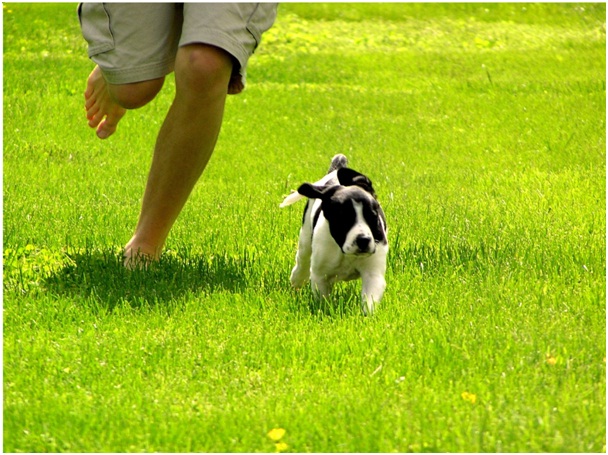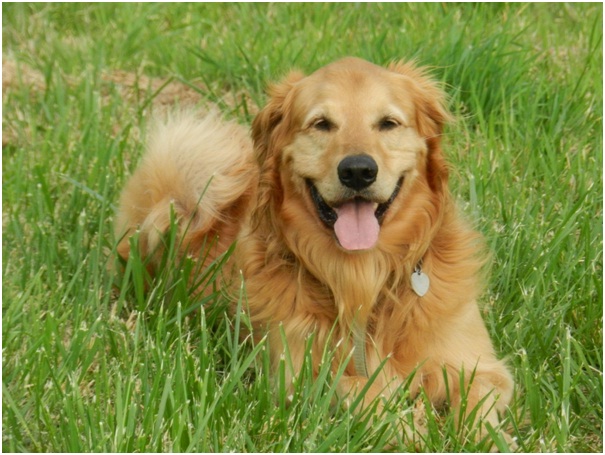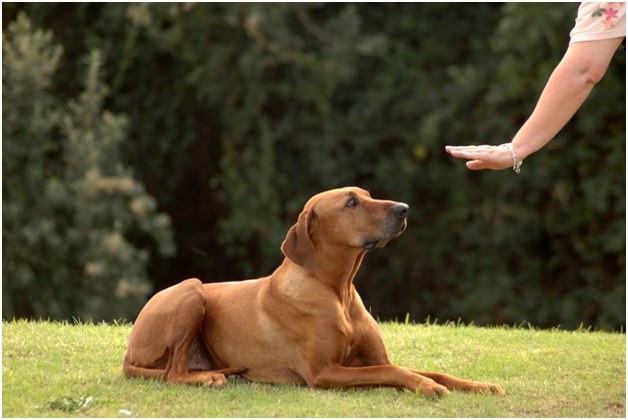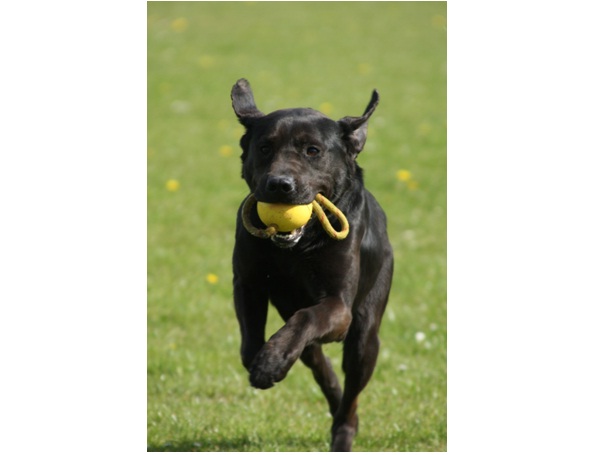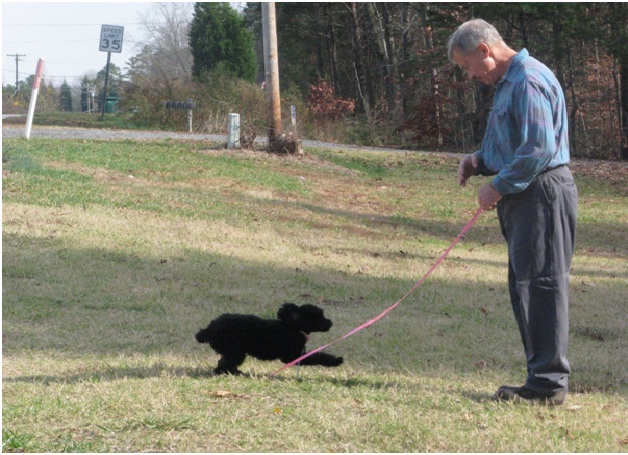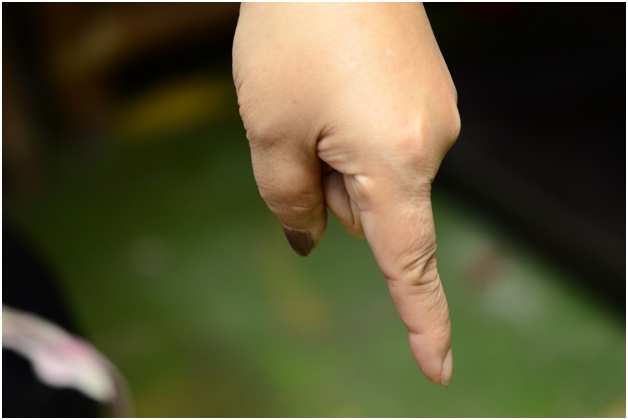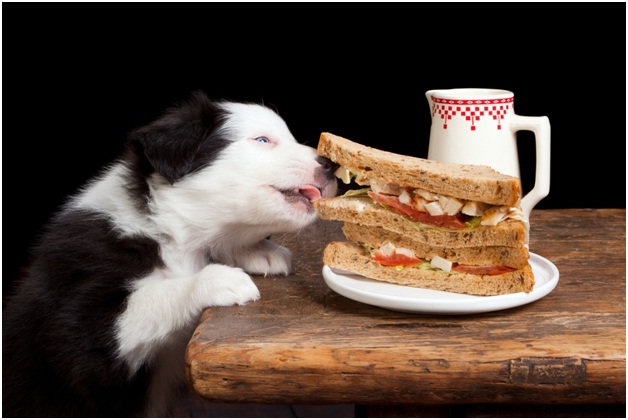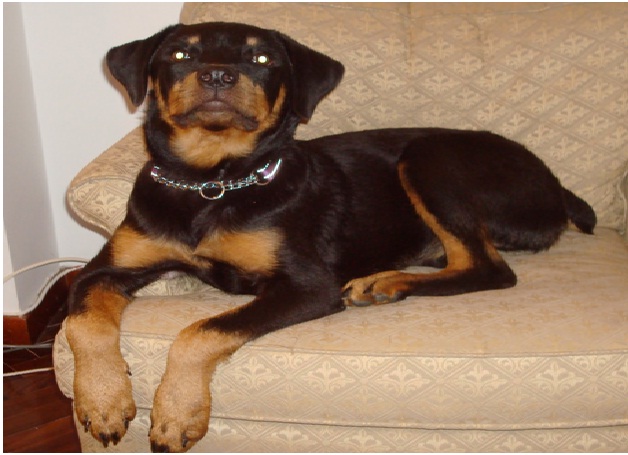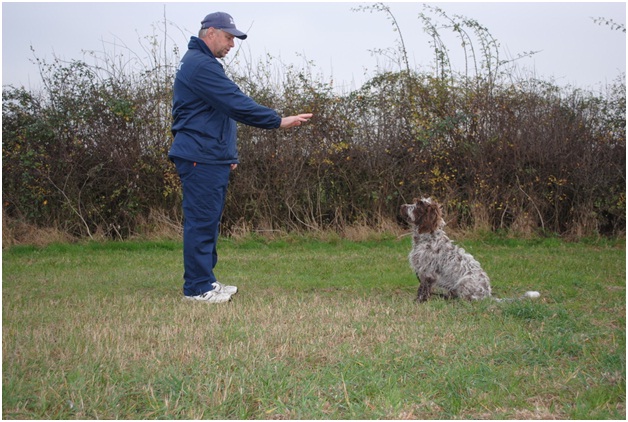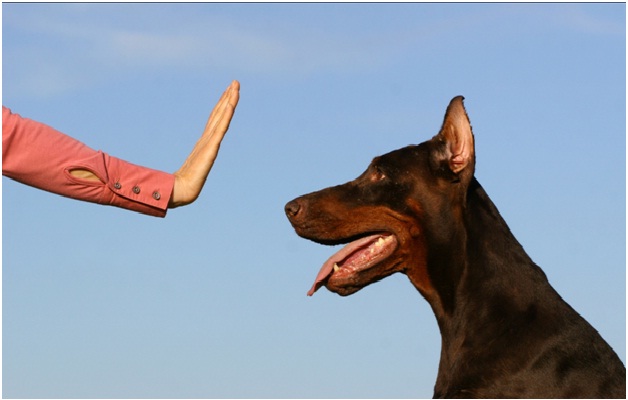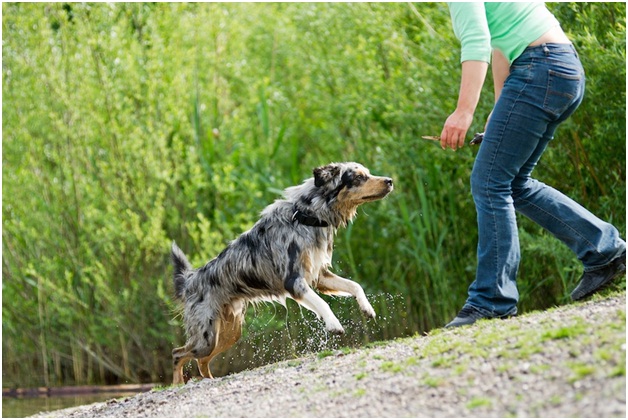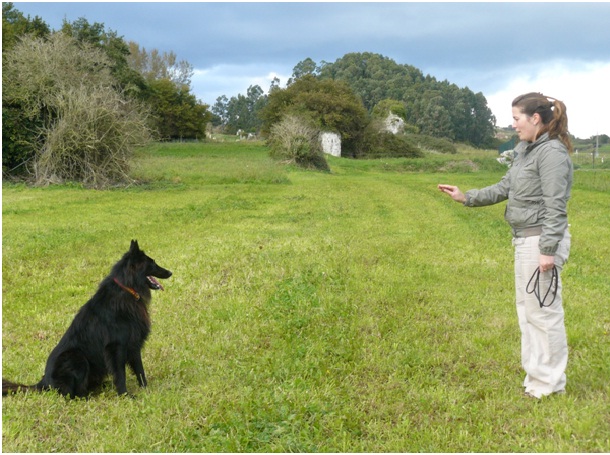Essential Dog Training Tips
Saturday, Aug 15, 2020, 4:03 pm
Loading...
1.Okay
If you have been training your dog correctly, it should be able to execute follow-up commands. The "Okay" command is used torelieve your dog from the previous command you gave it earlier on. So if you told your dog to 'Wait' because there was a red light, when the light turns green you'd say 'Okay' so your pet would know it was okay to walk again.
2.Stand
If dogs could stand all the time, then there would be no need for leashes. The 'Stand' command shouldn't be taken literally. The command is more so like the saying, "Stand your ground." When an owner tells their dog to 'Stand,' they want the pet to sit/stay still so they can be examined, cleaned, or groomed.
3.Down
The 'Down' command is vital for owners training rambunctious or extremely active dogs. The 'Down' command differs from the 'Sit' command in one main way. When you tell a dog 'Sit,' it sits on its hind legs, but when you use the 'Down' command, the animal lays on its stomach. The 'Down' command is just for good dog etiquette.
4.Drop It
Dogs are constantly picking stuff up. The best way to get your pet to release an item it's not supposed to have is by using the 'Drop It' command. No one wants to wear a slipper covered in drool. So if you see your dog carrying around an item of yours, tell them to 'Drop It' so they know to stay away from it
5.Heel
If you plan on walking your dog, then the 'Heel' command should be taught before venturing the streets. This command means that your dog will walk, on its leash, on your left without lagging behind or running in front of you. Unless you want to be yanked down the street by your overzealous dog, taking the time to teach it the 'Heel' command is vital.
6.No
No is a common word that both humans and animals should, but sadly sometimes neither species grasps the meaning. Some owners use the 'No' command to deter their dog from doing naughty actions, such as scratching, biting, barking, or chewing. The 'No' command is another essential training method that should be taught in the dog's early stages.
7.Leave It
Sometimes a dog likes to touch things they shouldn't, and that's where the 'Leave It' command comes in. This authoritative command comes in handy when your dog is trying to play or eat its own poop. The 'Leave It' command is also good for dogs who like to try and snatch unattended food.
Loading...
8.Off
The 'Off' command is used when your dog starts venturing on top of items. Some owners allow their dogs to sit on their chairs, sofas or beds, but even a human needs their 'alone time.' The best way to get your dog off of your furniture is to use the 'Off' command. This command is usually done with a hand gesture to ensure your dog knows what you're asking them to do.
9.Wait
Though the 'Wait' command may seem similar to the 'Stay' command, there's an obvious difference. The 'Wait' command is focused on obedience, rather than safety prevention. The 'Wait' command is used to keep your dog in-line. Owners often use it to stop their dogs from trying to take control of situations rather than waiting for proper orders.
Loading...
10.Stay
The 'Stay' command is one the hardest to teach a pet. Dogs are curious animals, and they will continue to investigate an object until they get the answers they're looking for. The 'Stay' command is used to prevent your pet from approaching something they are not supposed to be near.
11.Come
'Come' is the first command a dog should learn during its training period. This command is typically taught alongside the dog's name, so the pet can get used to hearing its name and will know he has to come to you. Just like people tell other humans to 'come here,' the same goes for dogs.
Loading...
12.Sit
The 'Sit' command is one of the first things a dog should learn. It's the best way to calm you dog down when it gets too excited or isn't listening to your other commands. It is believed that dogs that know and follow the 'Sit' command are less likely to jump on people or fight other dogs.
Report
Loading...
Related Content

